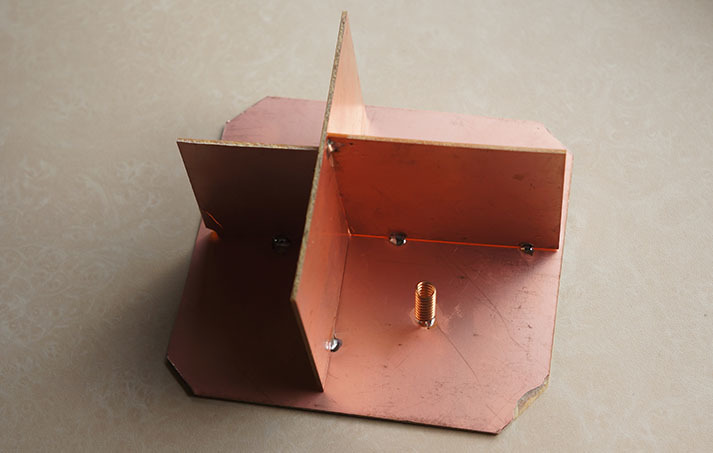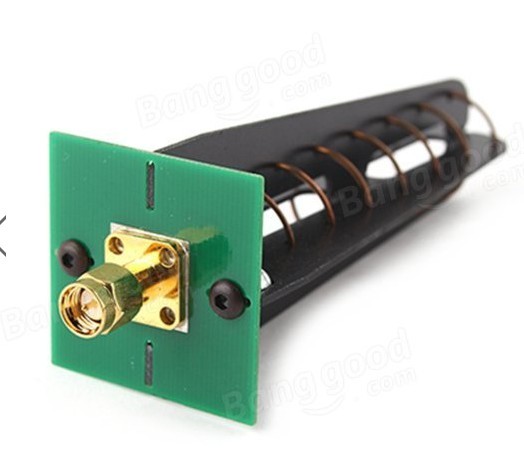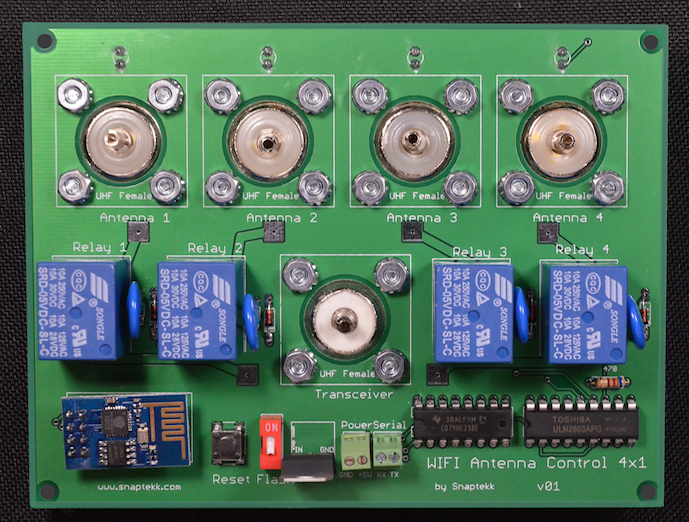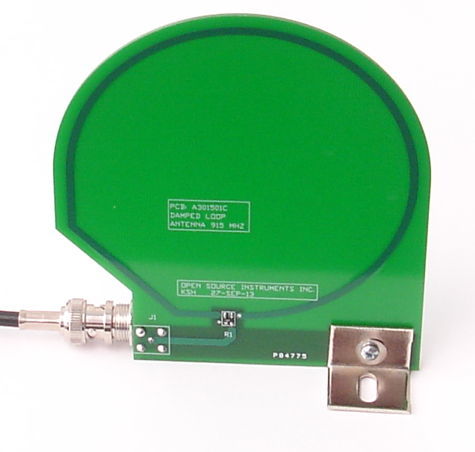Received by mistake?! Oh boy, I wish those kinds of mistakes happened to me!
ON3ZOE - I’m curious about WSPR. I’m passingly familiar with it but it’s something that I’ve never run myself. So question for you: When running a WSPR mote (okay, so I’m calling them motes now), is location, power, and callsign the only thing that can be transmitted or is it possible to tag other (short) data on to the end and not get in trouble with the network police?
The reason that I’m asking is because wiki says this, “callsign + 4-digit locator + dBm”. But then I’m seeing things on the network that look like they have more data.
Edit: How this relates – It’d be really cool to run a LoRa -> WSPR super-long-range “gateway”. Obviously not a full, 2-way gateway, but sending something like a single sensor data point, updated once every few minutes.
Sort of way ahead of you. I’m an Amateur Extra, and am already looking at ways to do this. That’s what led me to it, rather than the other way around.
Radio is no magic!
It all follows from the Maxwell equations which, I admit, are labelled as one of the 17 Equations that changed the world https://plus.maths.org/content/17-equations-changed-world
Now this is old stuff written down in 1864.
Software is about logical thinking and handling abstract concepts. Add the tried and dusted 1864 physics to it and you can be in Radio business…
Here is a good read on the basics of antennas. http://www.kathrein.pl/down/BasicAntenna.pdf
Wow – that is a fantastic book! Thanks for the link! And no, radio is not magic, but I will stick by my “antennas are voodoo” statement, simply because you can make all the calculations in the world and come up with the perfect antenna, but then go to build it and find out that it works better when you snip half a centimeter from the end. Go figure. 
Yesterday I thought, in the FPV drone world, they use 'diversity receivers.
In fact its a receiver with multiple frontends and multiple antenna’s, the one that receives the strongest signal is the boss. (the one pointing in the nodes direction)
why not use that idea with LoRaWAN gateways, imagine 4 directional antenna’s in every direction one, connected to 4 frontend receivers controlled by MCU.
The one with the strongest preamble signal is choosen, that way you can expand the reach of a gateway imho.
Is this a stupid thought ? 
I like the idea, but wouldn’t that hurt the maximum gain thing a bit?

quick and dirty mockup of a possible 4 direction diversity gateway antena 
I believe, similar approach is common in GSM cellular world. Each BTS is equipped with multiple sector directional antennas handled by dedicated frontends.
true, and even in some BMW’s they have a whole diversity unit @ 868 Mhz build in.
Diversity is making use of the fact that if you have two or more antennas positioned such that there is no or little correlation in the signals received from the same transmitter you actually can get some gain compared to the gain of a single antenna. It works for both static links and even better if the transmitter or receiver is moving.
Minimizing the correlation of the received signal can be achieved by space diversity, both in the horizontal or the vertical plane or by using polarization diversity.
- Space diversity is used for example in Private Mobile Radio, like MPT1327, DMR, Tetra, WiFI routers, etc but also in LTE where it’s known as Mimo. (MiMo in LTE takes the concept of no or little correlation between two antenna signals quite a bit further). It also works perfectly with 2 or more omni directional antennas.
- Polarization diversity is used for example in GSM, UMTS etc. In a panel Antenna you put for one frequency band two antenna’s. One at an orientation of +45 degrees, the other at -45 degrees.
Now where does the gain come from? Antennas seldom receive only the direct signal from the transmitter. In real life there are always objects reflecting the signal. The reflected signal(s) has/have a longer path length between Rx and Tx and will be often in a different phase then the line of sight signal. At the Rx-antenna the signals add up with their amplitude and phase.So it can happen that you end up with a reduced amplitude or no signal, an effect called fading. Now if this happens the chances that exactly the same happens at your second or third antenna are pretty slim.
With polarization diversity you make use of the fact that reflected signals often have their polarization changed as well.
So if you build multiple Rx-front ends fed by multiple antennas you can get some gain.
With horizontal diversity and omni directional antenna’s separated > ~ 10 lambda you can get ~2,5 dB gain. Adding a third Antenna will get you roughly another dB.
Notes:
- Another reason to use multiple Antennas is reliability. Lightning can take out an Antenna. Chances that it takes out two Antennas at the same time are pretty slim. The same reasoning yields for antenna circuits deterioration due to water ingress in cables, loose connectors etc.
- In LTE MiMo needs reflections to boost the throughput. Hence it does not bring much in a rural environment with less and weaker reflections. It’s definitely worth the effort in a dense urban environment with lots of reflections.
3D printing a directional antenna stand ?


Now that looks like someone knew what he was doing and build something with potentially quite a bit of gain. Much more then the “springs” you see advertised with LORA modules.
Any chance of sharing a link to where you found it?
Rgds.
Pim
why circular polarization? Usually you do that when your node antenna position is unknown or moving and uncontrolled.
Not my cup of tea, so just throwing this at you, in case it helps:
In an earlier chat on Slack (meanwhile purged from its history) with @telkamp about gateways on high towers (which might receive more long distance signals than it can decode), I think the main objection about directional antennas was that things are no longer symmetric: the gateway and nodes will have different ranges?
(But maybe a directional gateway could transmit at a lower power to somehow get the same range as the nodes?)
I’ll keep searching ![]()
off course I know this is a circular polarised antenna, I find the combination 3D printing and DIY antenna interesting.
there is a topic about remote gateway management, but what about remote antenna management ?
easy wireles switching between different type of antennas for testing.


915-MHz Damped Loop Antenna
Inspiring but not realistic. Lora is only + 14 dBm not 100 to 100 watts. 
@BoRRoZ Where to find more info about this “damped loop” antenna?
Found it: http://www.opensourceinstruments.com/Electronics/A3027/M3027.html